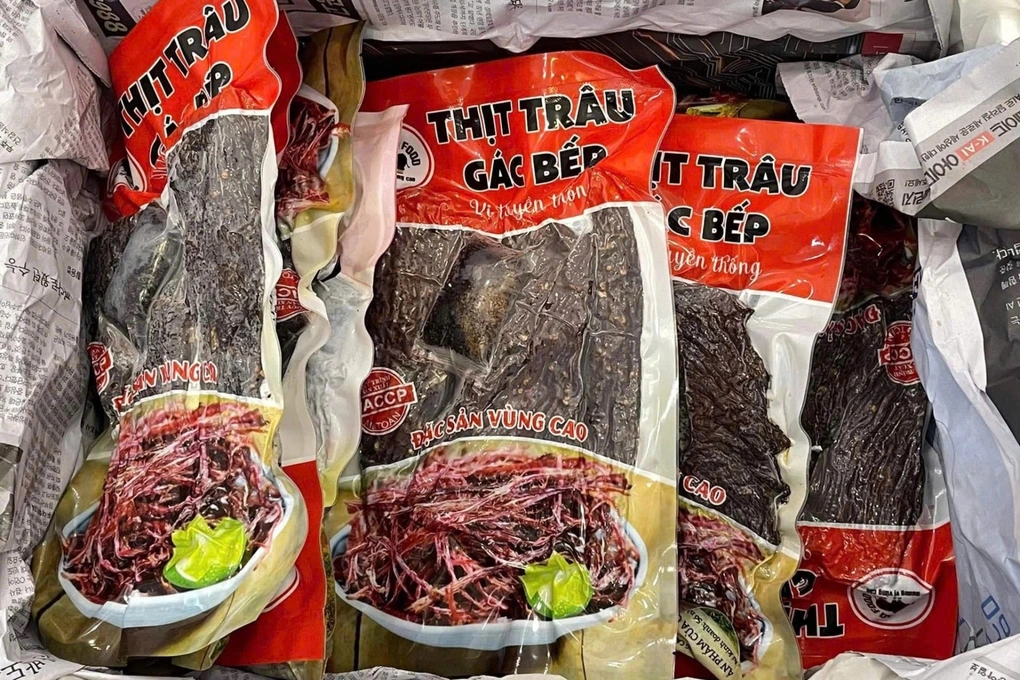 |
| Image of MQ Food Company Limited's buffalo jerky product counterfeiting Ha Giang buffalo jerky (Photo: Phu Tho Provincial Police). |
According to the investigation, from the source of imported buffalo meat at low prices, mainly from India, many establishments have conjured up "Ha Giang buffalo meat", packaged it in fake packaging and released it to the market at prices many times higher. Some companies consumed hundreds of tons, earning hundreds of billions of dong. When the police got involved, the amount of meat imported in a village was up to thousands of tons, showing that the scale was not small, even becoming a "profession" for the whole community.
The fact that an entire community is involved in counterfeiting shows that this is a systemic problem. Why can the entire “village” commit counterfeiting at the same time? Is it due to lax management, weak sanctions, or the mentality of “if everyone does it, I will do it too”? These questions arise for the authorities, for the whole society, and for consumers, who directly suffer the consequences.
First of all, the direct consequence is the loss of prestige and consumer trust. Ha Giang dried buffalo is known as a specialty associated with the culture of the highlands. When counterfeit goods are rampant, consumers will be skeptical, cautious, and even turn their backs on genuine products. Once trust is lost, it is very difficult to regain, and as a result, the entire industry is damaged.
Second, mass counterfeiting poses a major risk to public health. Poor quality meat and chemicals of unknown origin are used to create color and flavor. When entering the body, these substances can cause acute poisoning or chronic illness, threatening long-term health, especially for young children and the elderly.
More serious is the degradation of morality and culture. When the whole community joins in, profit is put above all else. Specialties that were once a source of pride have now become tools for profit. If this is not stopped, moral degradation will become the “new normal”, leaving unpredictable consequences for future generations.
The solution therefore does not stop at criminal prosecution of violators. It is necessary to look at the root cause, which is strict management, synchronous coordination, and strict handling. Localities should step up propaganda so that people are clearly aware of the consequences of counterfeiting. At the same time, it is necessary to have policies to develop sustainable livelihoods, create legal and stable jobs, so that people do not have to resort to illegal business.
Counterfeit goods are not new, but when they become a “community issue”, the level of harm is even greater. Preventing them from the root, handling them strictly and creating conditions for sustainable development is the way to prevent “counterfeit villages” from existing, as well as to prevent consumer trust from being lost again.
Source: https://baothainguyen.vn/xa-hoi/202509/cong-dong-lam-gia-hau-qua-khon-luong-e506eea/








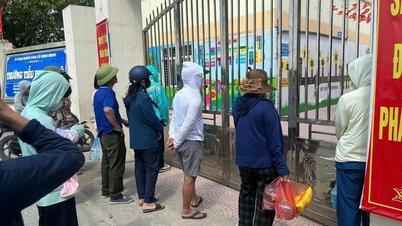

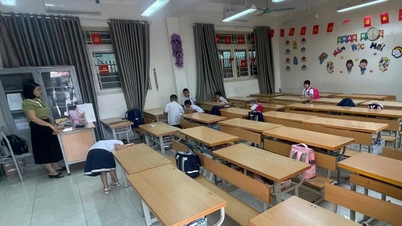

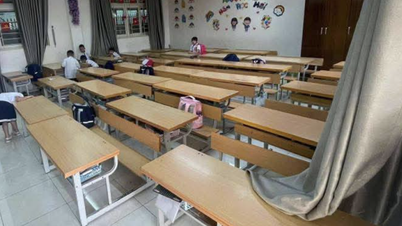

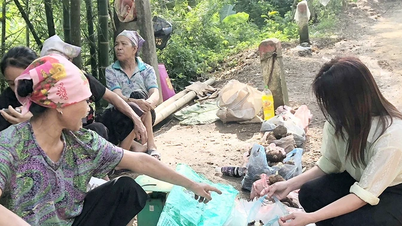

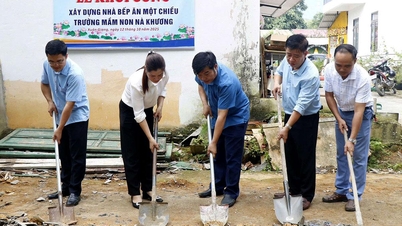








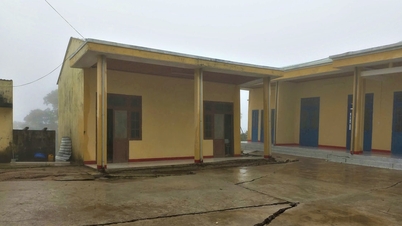

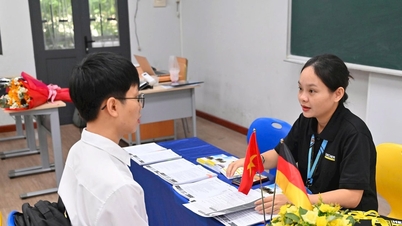
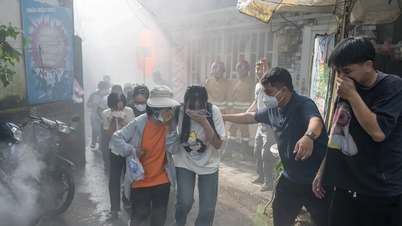





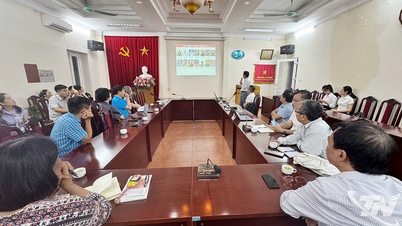
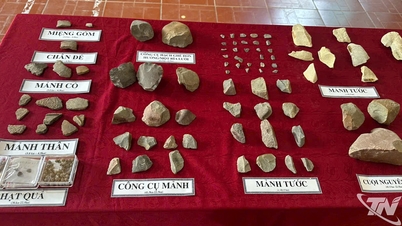



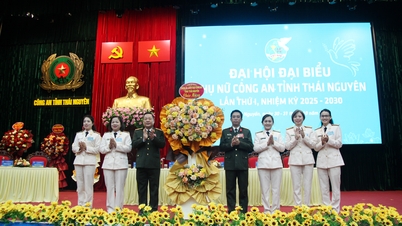












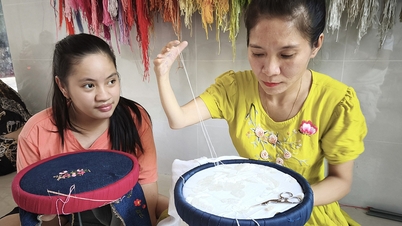




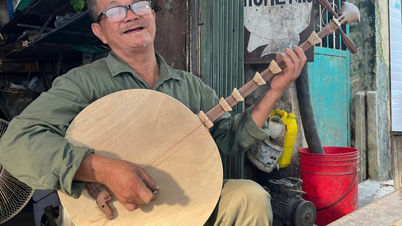








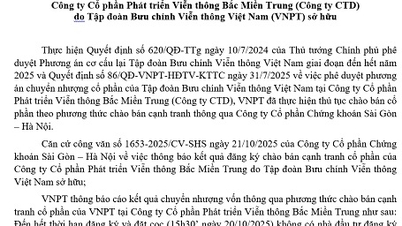






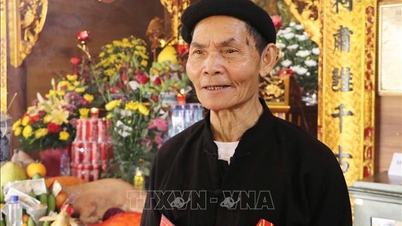


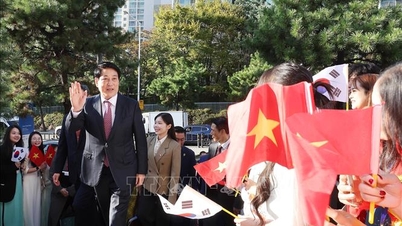



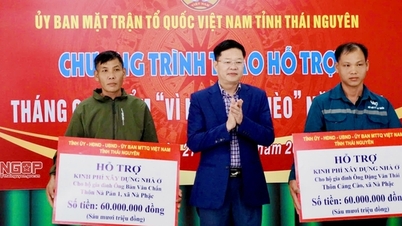

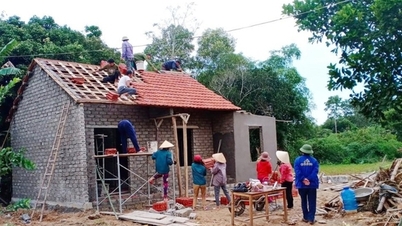


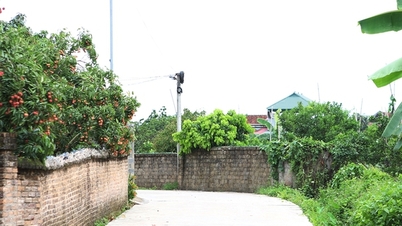

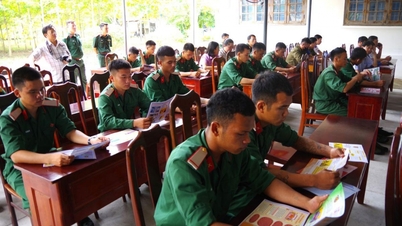

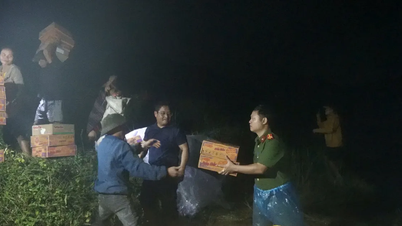




















Comment (0)